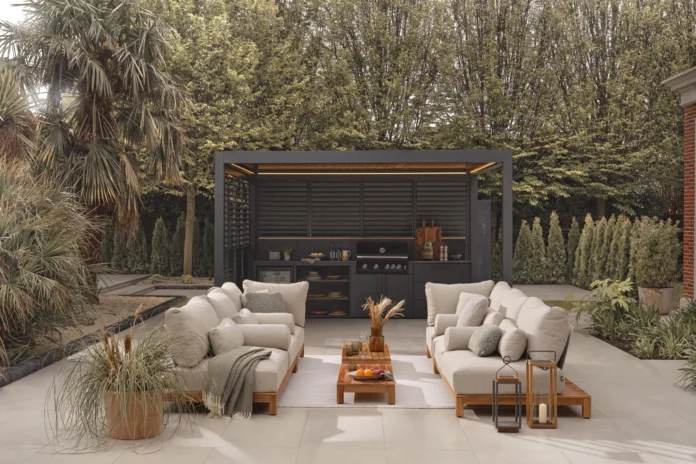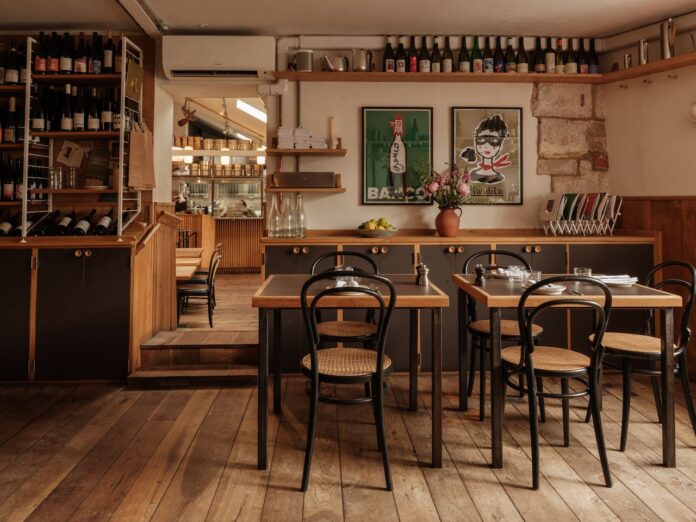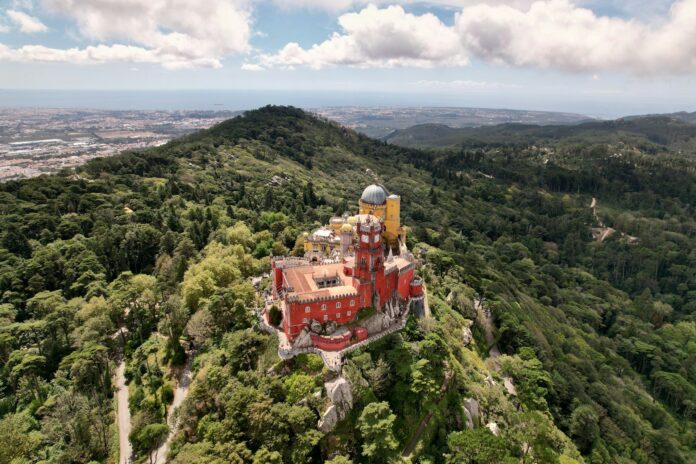Ideal for first-time visitors discovering KSA…
Until 2019, Saudi Arabia issued visas solely for pilgrims, business people and expatriate workers. The country enforced strict conservative laws and dress codes, with the mutawa (religious police) making arrests for activities such as playing music, wearing excessive makeup, or being seen in public with someone of the opposite sex.
However, significant changes began in 2016 when it announced its plans to diversify the economy. Spearheaded by the Saudi crown prince Mohammed bin Salman, he initiated Vision 2030, a campaign to make KSA a ‘tolerant country’ with Islam as its constitution and moderation as its method.
In doing so the vision also aims to move the Saudi economy away from dependence on oil to tourism, potentially modernising its society in the process. The mutawa’s authority was curtailed, and Saudi women were granted the right to drive and travel without the need for prior consent. The country has even seen the establishment of cinemas and international music festivals, too.
We can safely say that the country has poured billions into making the KSA appear more progressive to outsiders. Accordingly, tourist visas were introduced, allowing visitors from 49 countries to explore Saudi Arabia. Last year, its tourism council revealed a record-breaking record-breaking year for Travel & Tourism in Saudi Arabia and welcomed 100 million tourists, well surpassing Vision 2030’s original target to attract 55 million tourists by 2030.
Tourism is big news for the kingdom. Big hotel brands like the Four Seasons have moved in, and Accor has recently announced that it’s to open 45 new hotels in the Kingdom by 2023. Shiny new shopping malls are now home to Western Brands like Dunkin (we still have no idea why they changed it from Dunkin’ Donuts), which has become a new favourite of the Kingdom.
While tourism is booming, many curious travellers are still unfamiliar with the Kingdom, which is why we’re bringing you this rather broad article on some of the top places to visit in Saudi Arabia.
The Mosques Of Jeddha
Can I visit Mecca and Medina as a non-muslim? It’s one of the questions many people ask when visiting Saudi Arabia. Since whole opening-up-to-tourists is new, there is still much confusion and outdated information, so let us clarify. If you are a non-Muslim tourist visiting Saudi Arabia, you’re not allowed to enter Mecca which is home to the Grand Mosque.
Mecca is the holiest city in all of Islam. It is believed to be the birthplace of God’s revelation to man, and the city is centered around kabba, believed to be the site where God first revealed his message to the Prophet Abraham. Visiting Mecca is one of the pillars of Islam, and every Muslim seeks to carry out a pilgrimage to Mecca at least once in their life. Muslims can get of course get Umrah deals from the UK, to make the pilgrimage easier, but for non-Muslims, it’s out of bounds.
While non-Muslims are welcome in the holy city of Medina, they cannot visit the Prophets Mosque. Do be aware too that if you plan to visit during the Hajj season, you must apply for a Hajj visa.

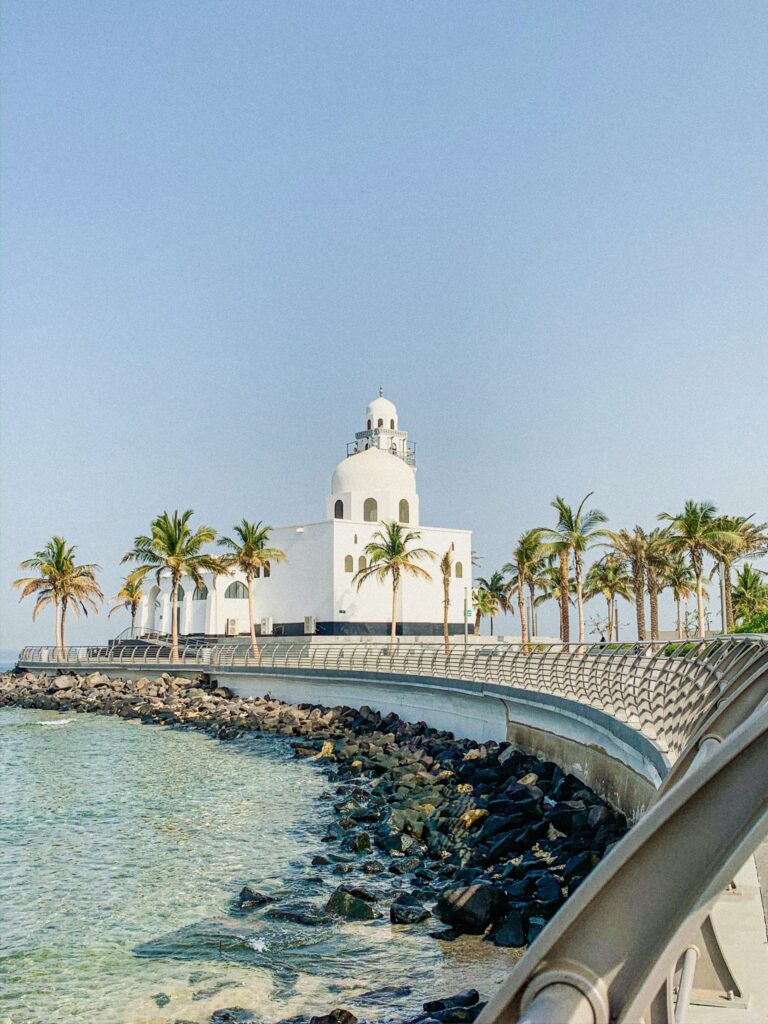
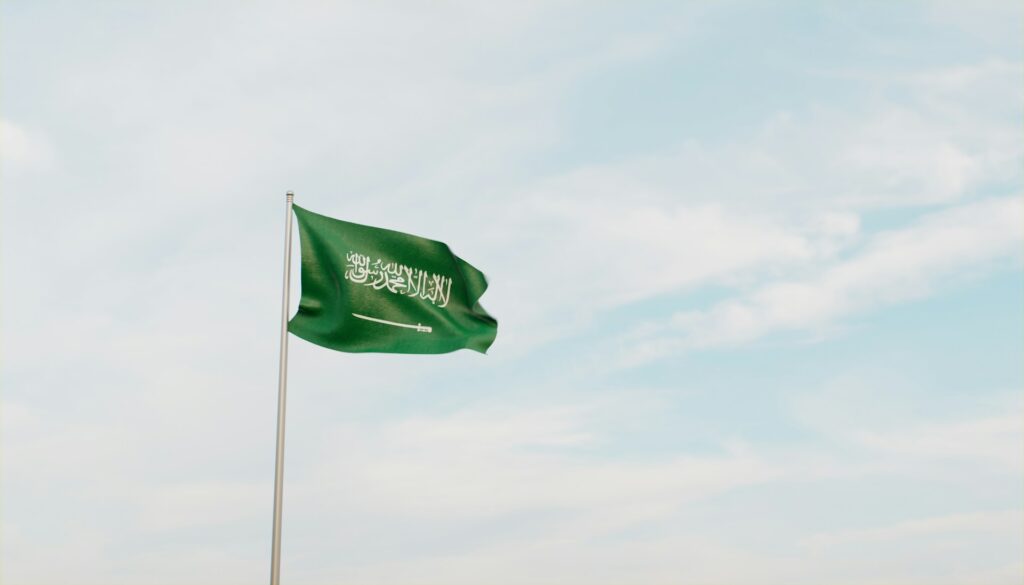
Saudi Arabia is a deeply religious country. Tourists can gain a greater understanding and appreciation for the religion and the country by visiting its mosques that allow non-muslims inside. For visitors interested in visiting religious sites within the country, Jeddah is a better option than Medina, as it’s home to severak mosques that allow non-Muslim visitors to enter.
Perhaps the highlights here are the King Fahad Mosque, built by Abdel Wahed Al Wakil, who was one of the most influential architects in Islamic architecture, Al Taqwa Mosque, and the Al Rahma Mosque on The Red Sea, otherwise known as the Floating mosque, which is best seen at high tide.
Half Moon Bay
To the outside world, Saudi Arabia usually brings to mind miles and miles of dessert and sand dunes. However, it’s home to a diverse landscape cityscapes, grasslands, mountain ranges, and many glorious beaches.
Half Moon Bay is one of them and has been drawing Saudi families for decades. Located along the eastern coast of the Arabian Peninsula, this crescent-shaped bay is renowned for its serene waters, soft sandy shores, and stunning sunsets, and its calm, shallow waters make it an ideal spot for families with children.
In addition to its natural allure, Half Moon Bay Bay is steeped in local culture and history. Visitors can explore nearby attractions such as the Al Khobar Corniche and the King Fahd Causeway, which offer insights into the region’s heritage and modern development. The beach is also a gateway to the vibrant city of Al Khobar, known for its bustling markets.
When visiting public beaches in Saudi Arabia, it is important to adhere to local customs and dress codes. Tourists should dress modestly, with men typically wearing shorts and t-shirts, while women are advised to wear long, loose-fitting clothing that covers their arms and legs. Swimwear is generally acceptable at private beaches and resorts, but it is recommended to bring a cover-up for walking to and from the beach area. Respecting these guidelines ensures a comfortable and enjoyable experience for all visitors.
The Red Sea
Speaking of beaches, and announced as part of Saudi Arabia’s 2030 vision, The Red Sea Project is already making waves in the luxury travel world, emerging as one of the world’s premier beach destinations.
This pioneering regenerative tourism destination on the west coast of Saudi Arabia (500km north of Jeddah, between the Saudi towns of AlWajh and Umluj) is expected to have 50 luxury resorts across 90-plus pristine natural islands by 2030.
Home to the world’s fourth-largest barrier reef system, pristine beaches and beautiful blue waters, there really is something for everyone here. Here tourists can enjoy water-based activities such as snorkelling around its thriving coral reefs and kayaking through the Red Sea’s crystal clear tributaries, where mangroves preserve the region’s ecosystem.
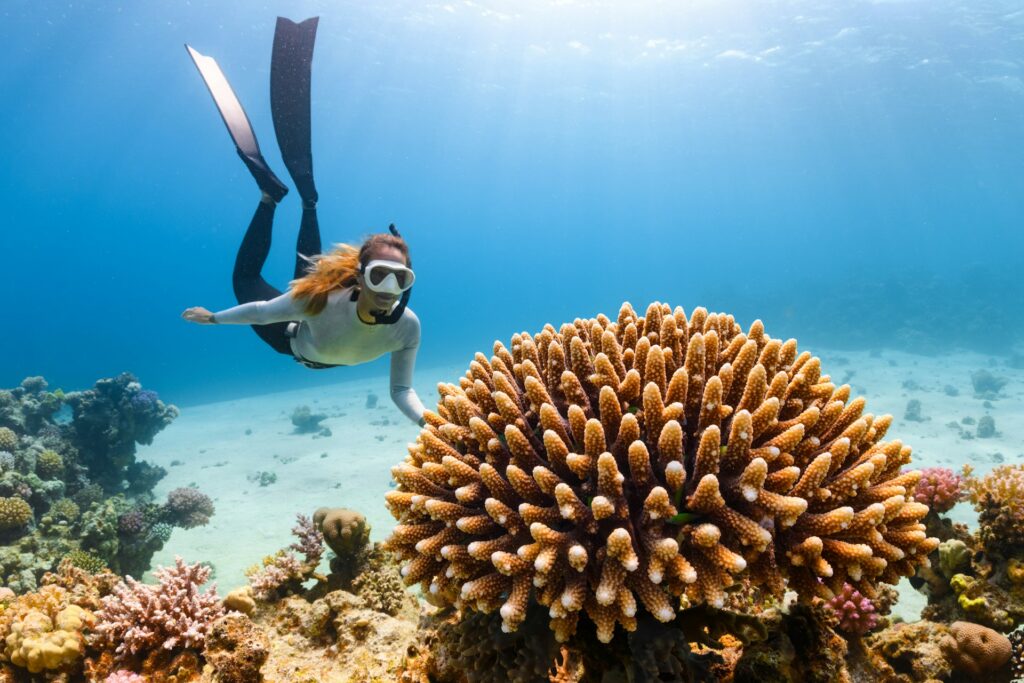
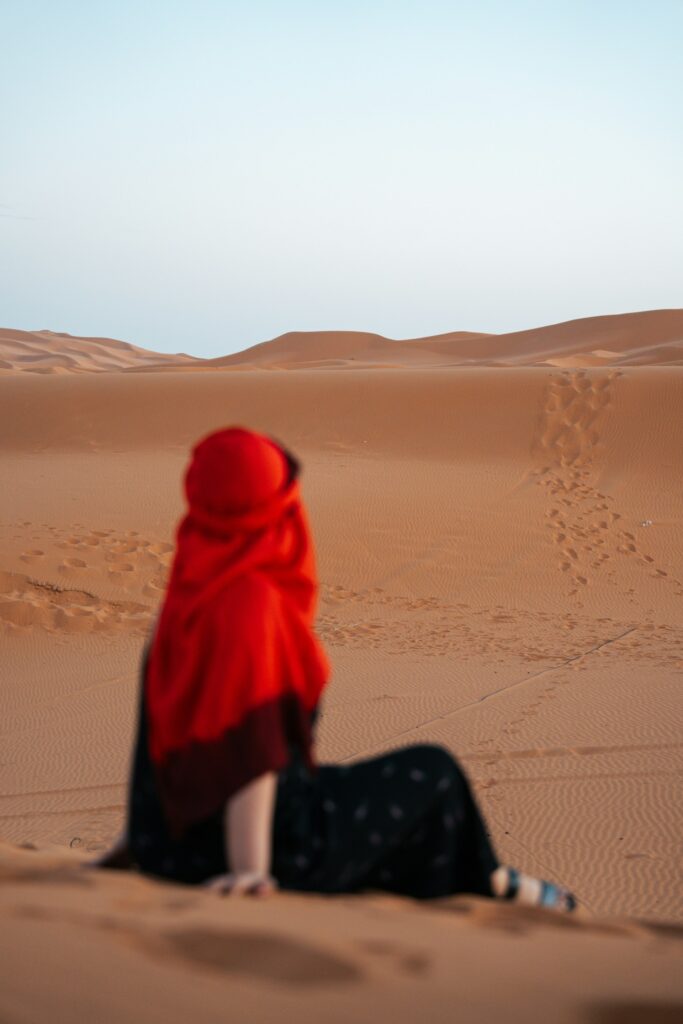

The Red Sea’s inland region is also home to endless dunes where you can for dessert biking and appreciate the vastness of the desert landscape. It’s also home to red, rocky mountains which are popular for stargazing and full moon hikes.
Thanks to an average daily temperature of 32C and arid desert weather, The Red Sea region is a year-round destination. Some of the top Red Sea resorts already in action include the Six Senses Southern Dunes, The St. Regis Red Sea Resort, and Nujuma, a Ritz-Carlton Reserve.
Al Ula Old Town
Located in the northwestern region of Saudi Arabia, Al Ula Old Town has huge historical significance to the region. The town was a vital crossroads on the incense trade route, connecting the Arabian Peninsula with the Mediterranean.
Today, this ancient town, with its labyrinthine streets and mudbrick houses, provides a fascinating glimpse into the past, showcasing over 2,000 years of human settlement. Visitors can explore the remnants of ancient civilisations, including the Nabateans, who also built the famous Petra in Jordan. The well-preserved ruins, ancient inscriptions, and rock art offer a tangible connection to these bygone eras.
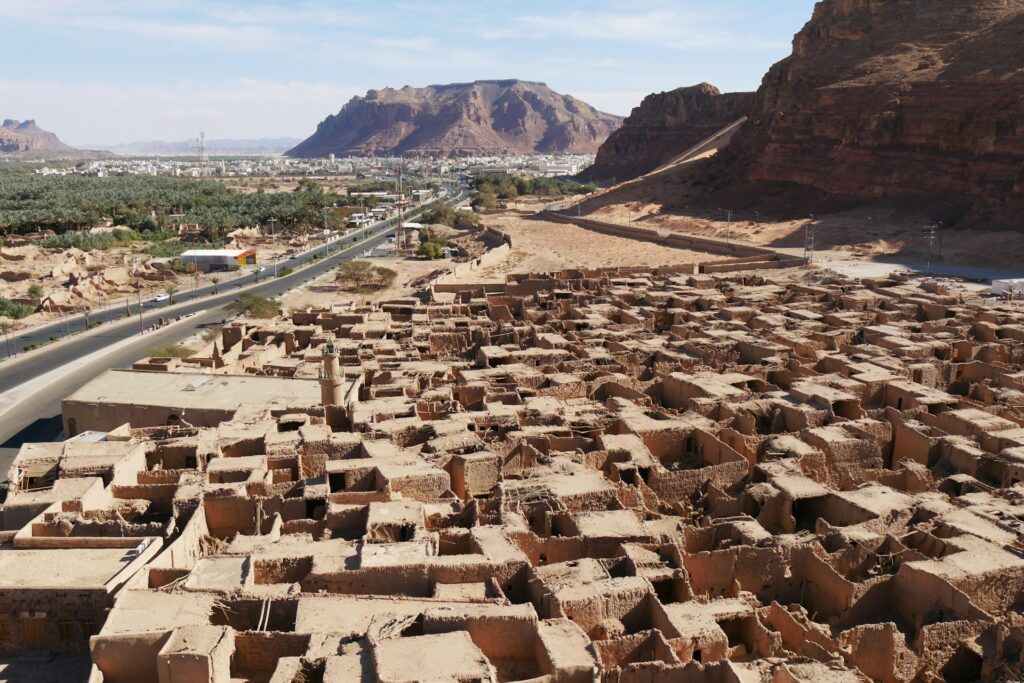
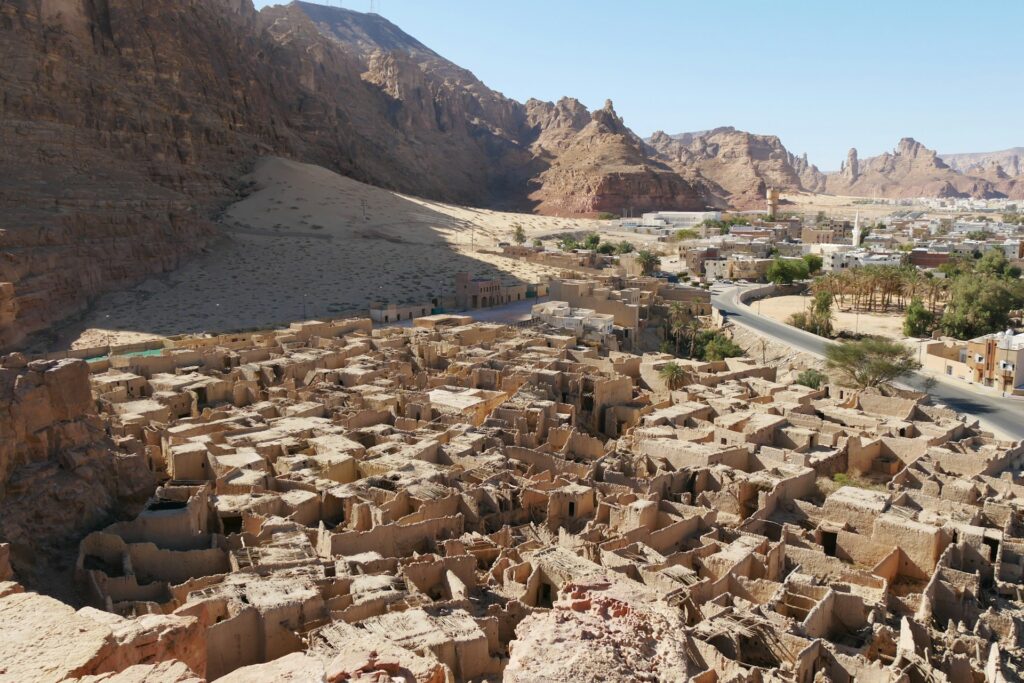
Additionally, Al Ula Old Town is surrounded by stunning natural landscapes. The dramatic sandstone mountains and lush oasis create a picturesque backdrop The nearby Hegra (more on that in a moment), a UNESCO World Heritage site, features monumental tombs carved into rock formations, further enriching the historical experience.
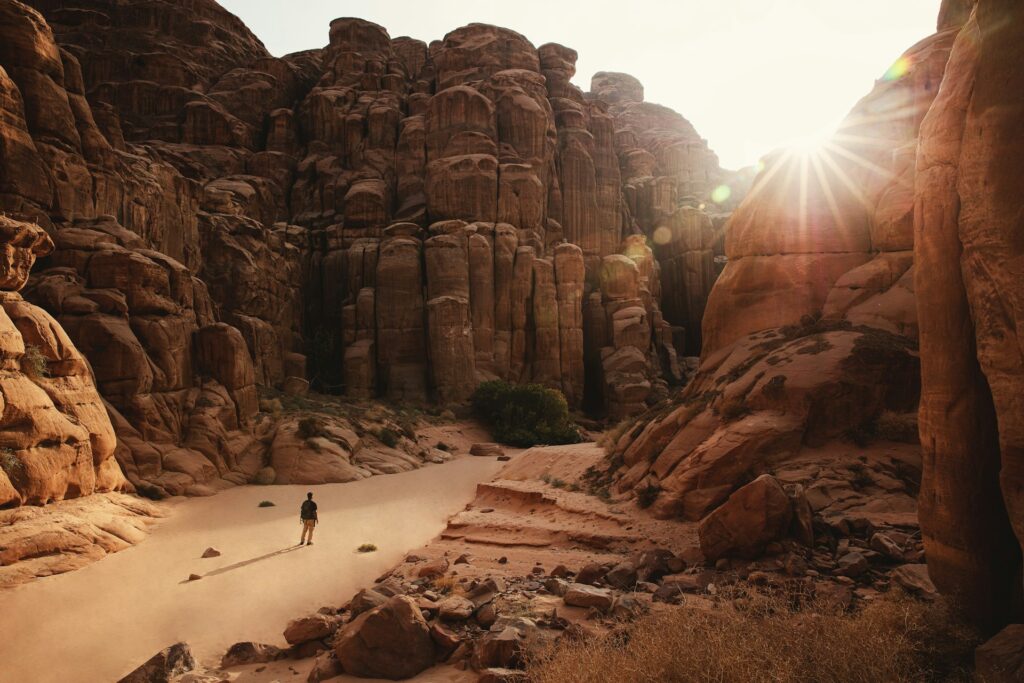
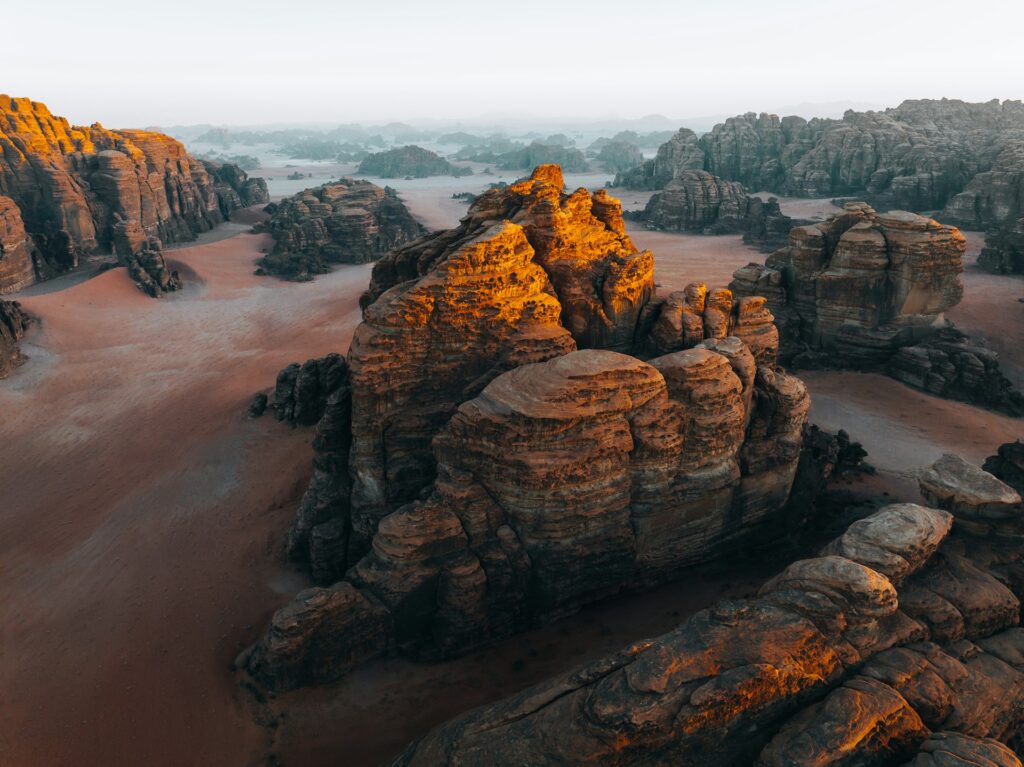
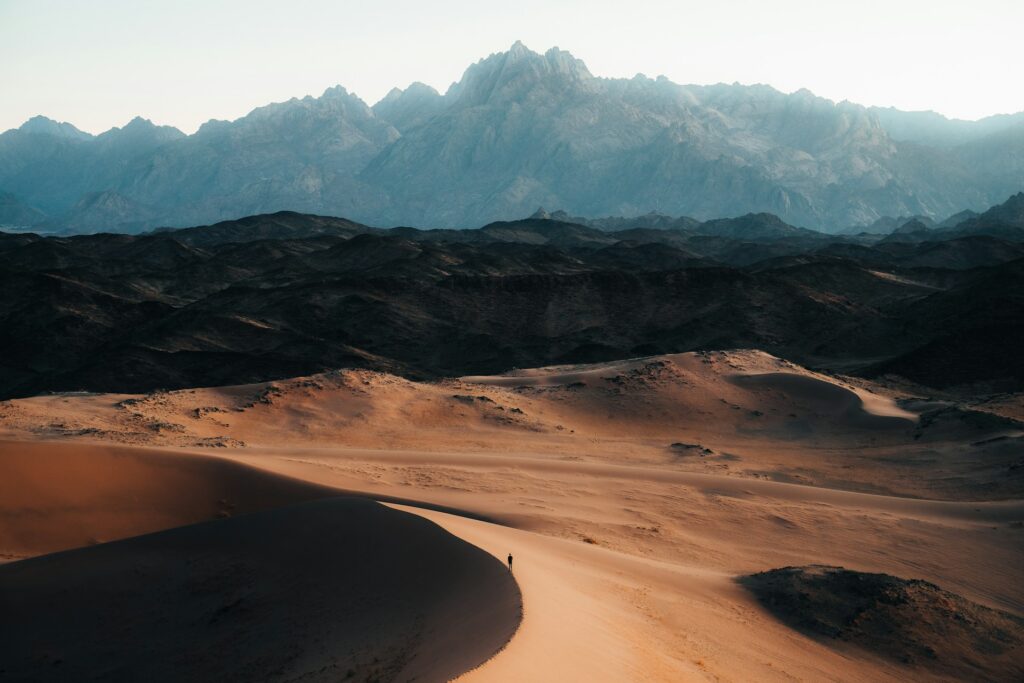

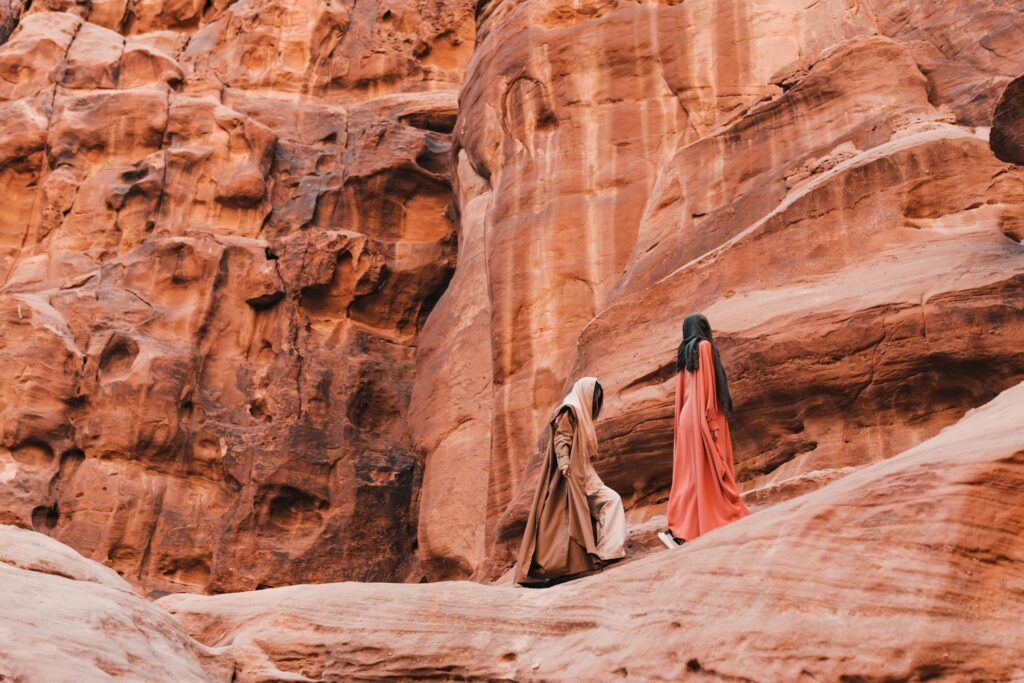
Asir National Park
Spanning over 1,600 square kilometres, Asir National Park is renowned for its stunning landscapes, which include rugged mountains, lush valleys, and dense forests, providing a stark contrast to the typical desert scenery of the Arabian Peninsula.
One of the main attractions of Asir National Park is its diverse flora and fauna. The park is home to over 300 species of birds, including the rare and endangered Arabian leopard. Nature enthusiasts can enjoy birdwatching, hiking, and exploring the rich biodiversity that thrives in this unique ecosystem. The cool, misty climate of the Asir Mountains, particularly around the city of Abha, offers a refreshing escape from the heat, making it an ideal destination for outdoor activities.
Visitors can explore traditional Asiri villages, characterized by their distinctive architecture and vibrant wall paintings. The local markets and festivals provide a glimpse into the region’s rich cultural heritage and traditions.
Read: 4 fantastic things to do in Saudi Arabia this September
Taif
Known poetically as the City of Roses, Taif is home to expansive rose fields and many perfume factories. The roses bloom from March to April and their petals are harvested for prized rosewater and oils used in perfumes by many high end brands like Chanel and Hèrmes.
The Taif Rose Festival, held annually, celebrates the city’s famous rose farms, where tourists can witness the production of rose water and perfumes. It’s a wonderful time to visit as the air becomes heady with the fragrance of roses.
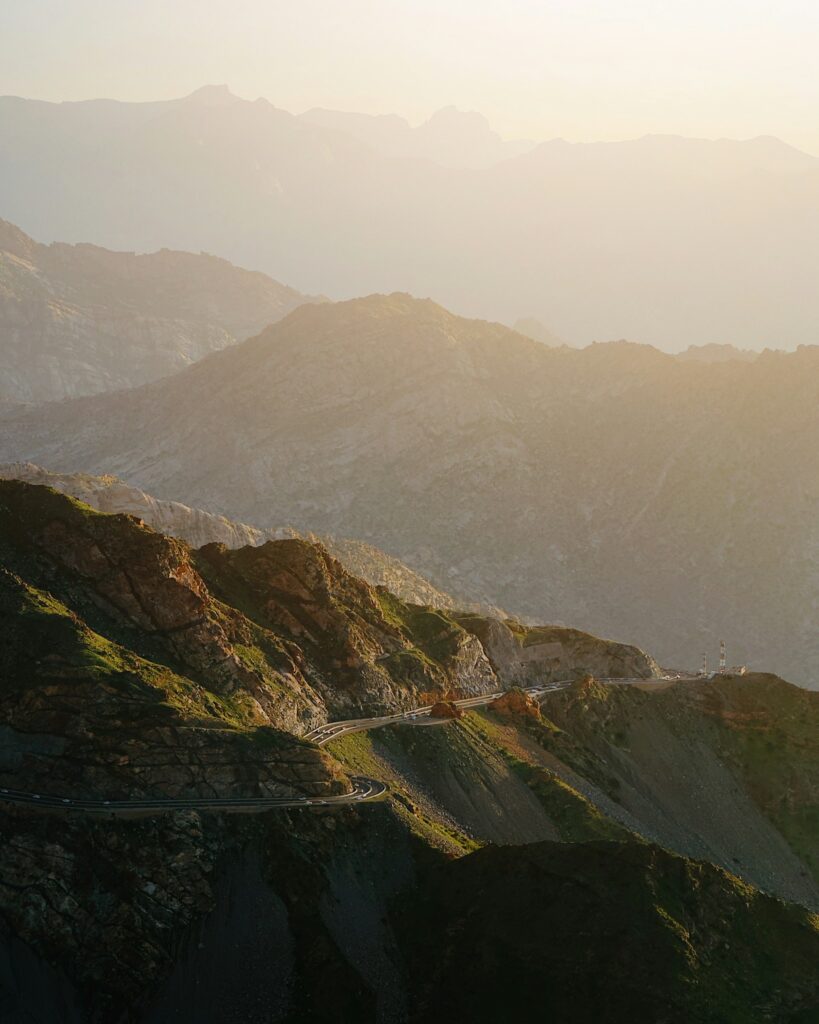
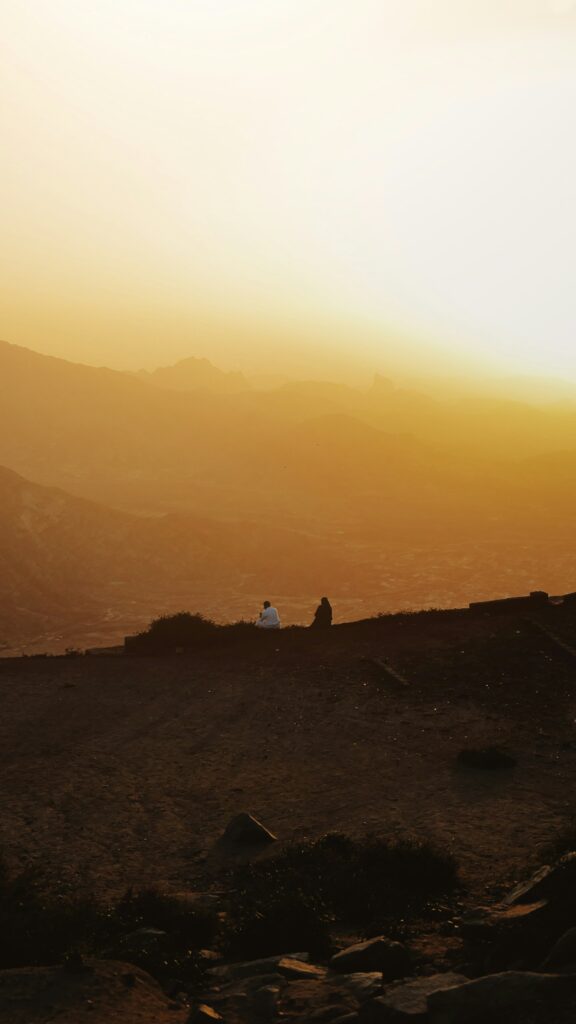
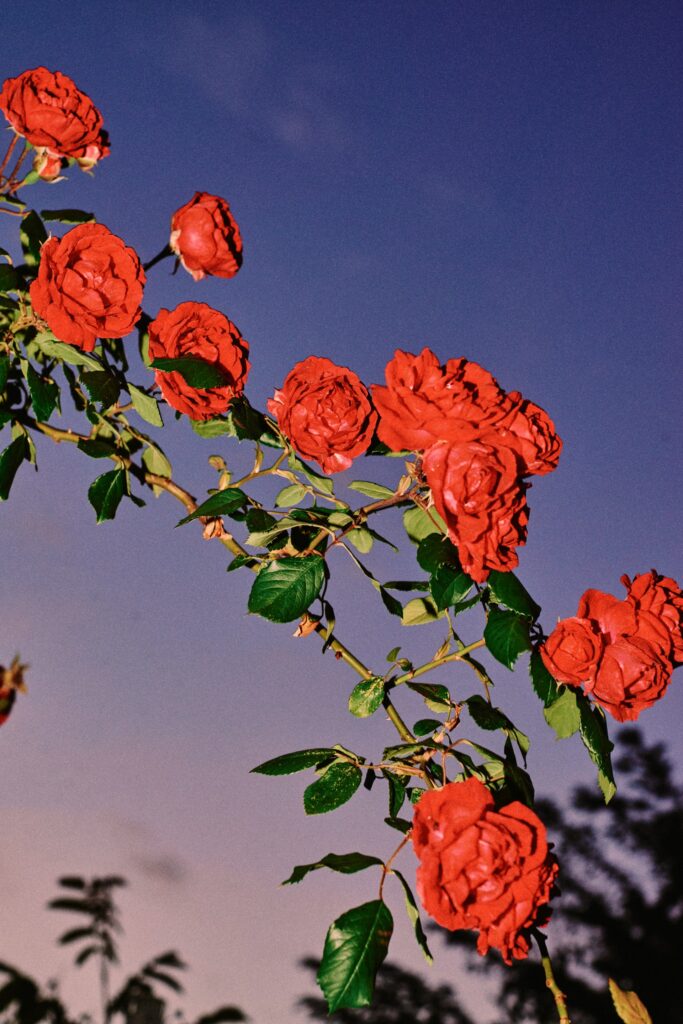
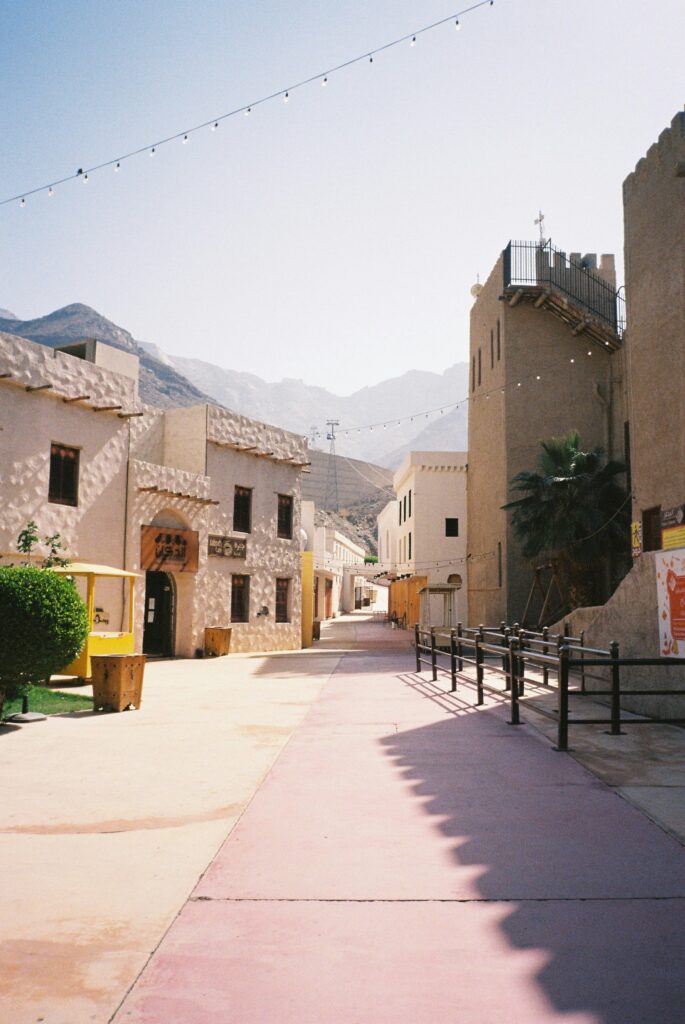
Nestled in the Sarawat Mountains, many Saudis come here in the summer to enjoy the cool climate. Nature enthusiasts can visit the Al Hada Mountain, accessible via a scenic cable car ride, offering breathtaking views and opportunities for hiking. For a cultural experience, the Souq Okaz, an ancient market, offers traditional crafts, performances, and a taste of local cuisine.
Read: Do I really need travel insurance?
Hegra
Hegra, also known as Al-Hijr or Madain Salih, is an ancient archaeological site located in the Al-Ula region of northwestern Saudi Arabia. As the southern capital of the Nabataean Kingdom, Hegra is renowned for its well-preserved rock-cut tombs and monumental facades, which date back to the 1st century CE. This UNESCO World Heritage site offers a fascinating glimpse into the Nabataean civilisation and its architectural prowess.
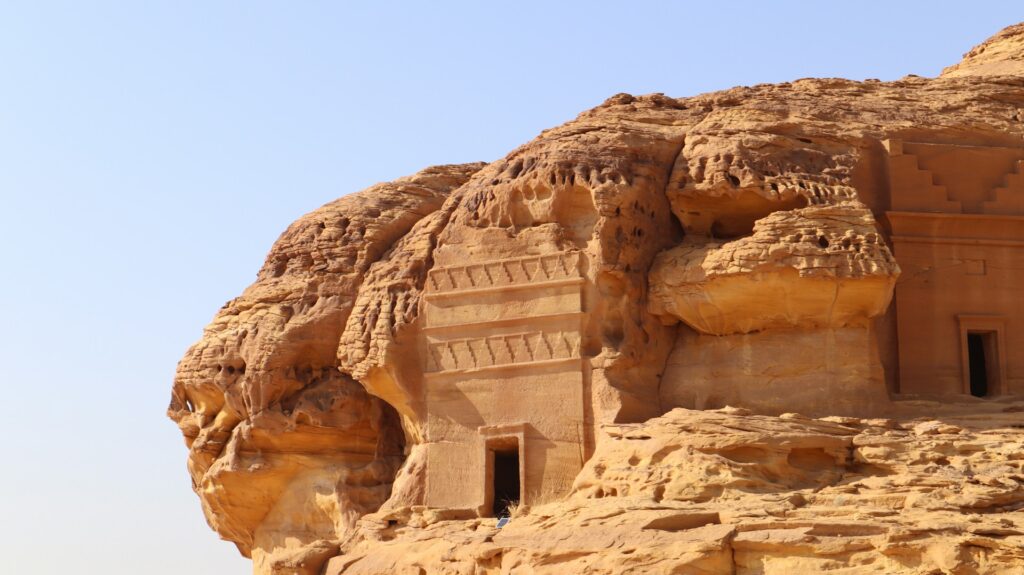
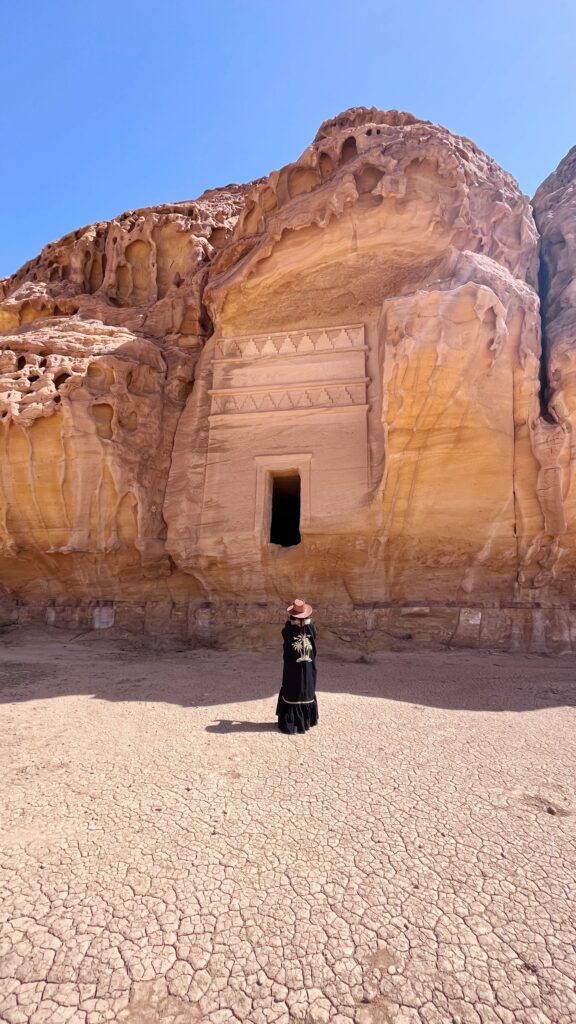
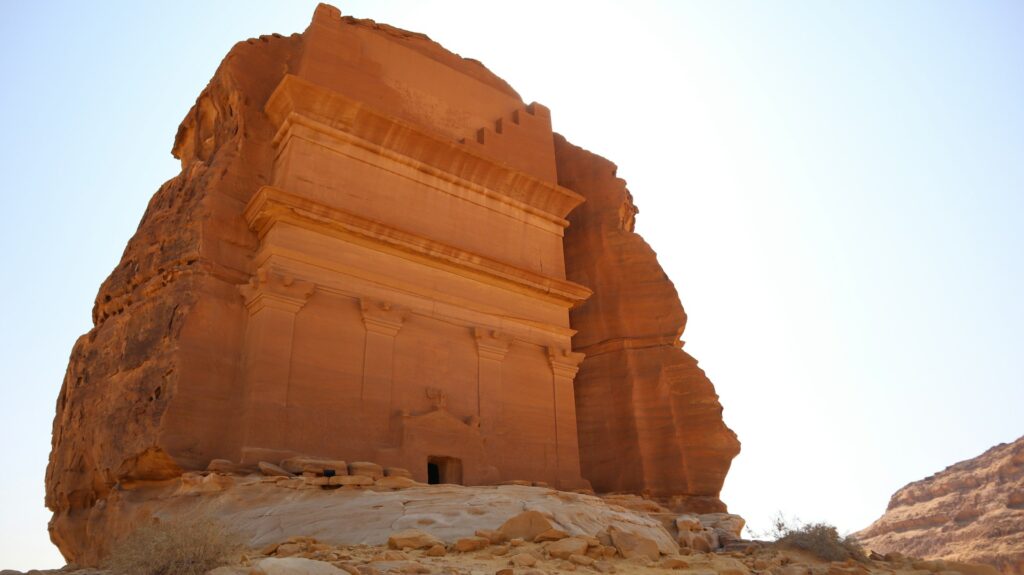
Visitors to Hegra can explore over 100 intricately carved tombs, each adorned with detailed inscriptions and symbolic motifs. Guided tours provide historical context and insights into the Nabataean way of life. Additionally, the site features remnants of ancient wells, residential areas, and a railway station from the Ottoman era, adding layers of historical intrigue.
And since you’re in the Middle East, here’s how to spend an alternative weekend in Dubai, immersing yourself in the city’s lesser-known cultural gems…

